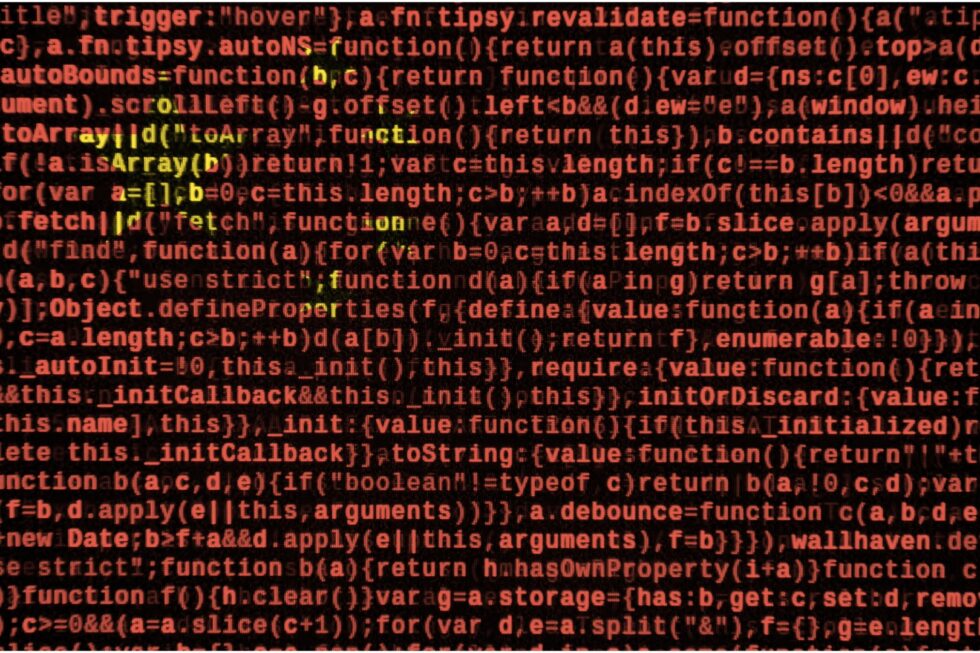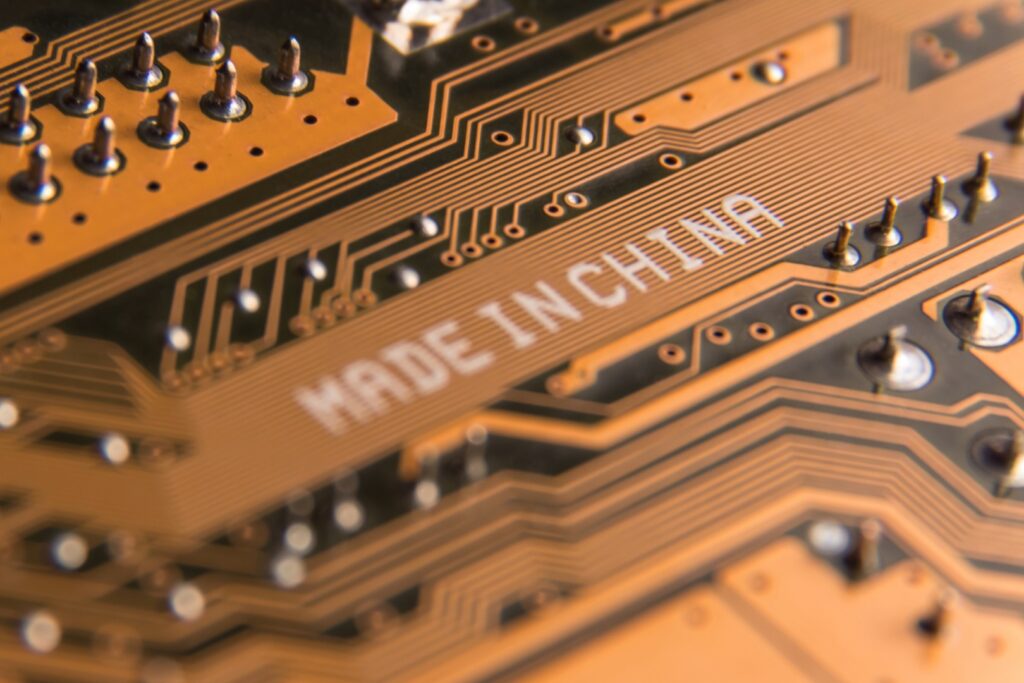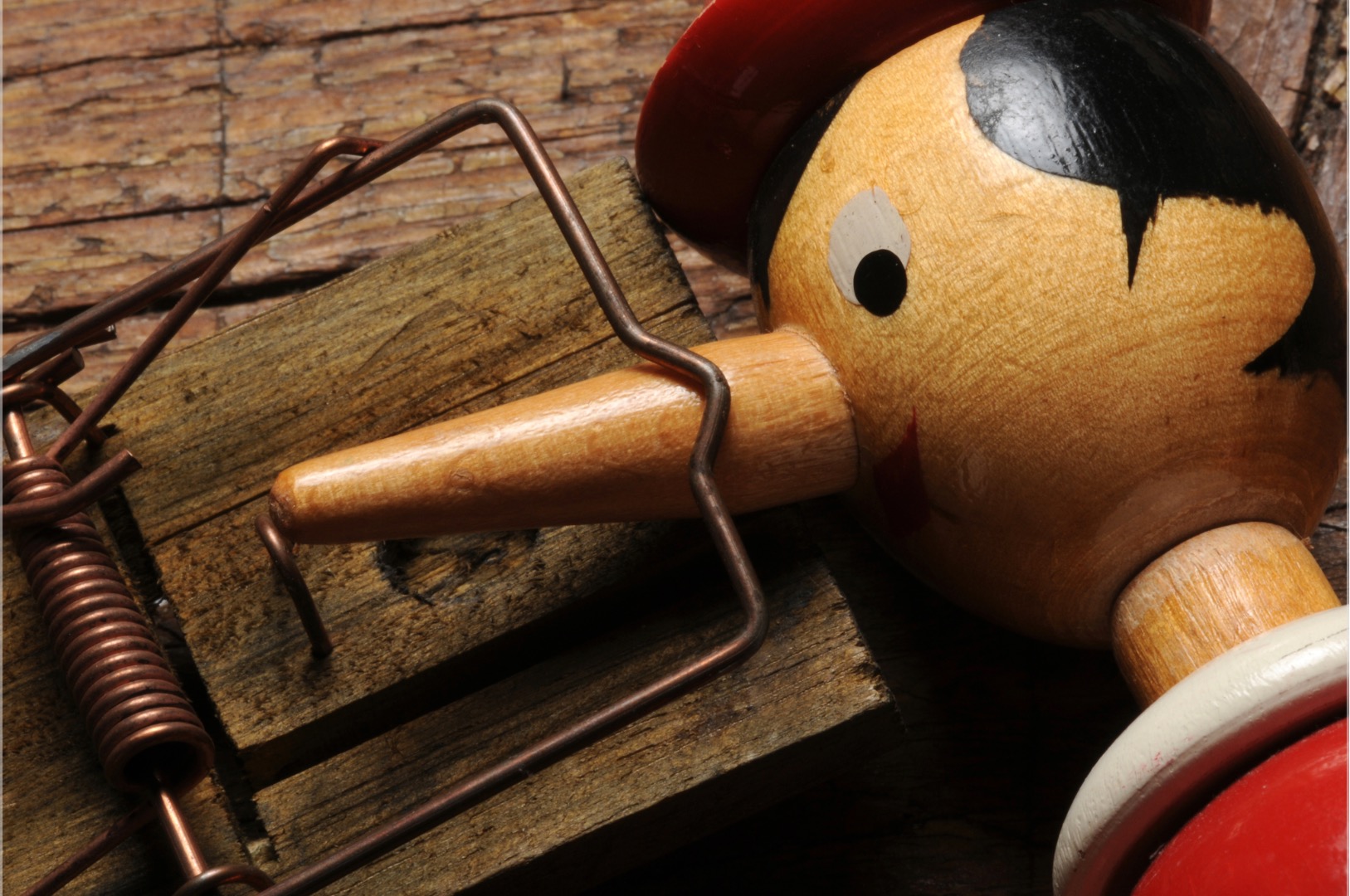
My dad worked at Fairchild from the late 1950’s through the 1960’s. His second level boss was Robert Noyce, the inventor of planar technology, which placed my dad on the team that put the first integrated circuit into mass production.
Noyce left Fairchild to start up Intel in 1968. Shortly afterwards, Noyce offered my dad a job at Intel as the 10th employee. My dad turned it down. Startups are risky with four young kids.
Later Fairchild laid my dad off. Fortunately, Fairchild had generated so many other startups that people started calling the Santa Clara Valley, the Silicon Valley, and he found plenty of job opportunities. The Silicon Valley became the greatest innovation engine the world had ever seen.
The Petri Dish Effect
Like planar technology, most new technologies are applicable to markets beyond the first commercialized market. For many reasons, the originator of the technology does not venture into these additional markets. Sometimes they fail to see other variants of the original technology, but even if they do, executives often discount the new variant’s market as too small, too difficult, or too far out of their focus.
As a new technology becomes successful, employees build both positive and negative know-how in that technology. Often these people leave to startup new companies that capitalize on new market variants that were passed or missed by the originating company.
Many of these startups grow and return investment to their founders and investors. The wealth created funds more startups and the cycle continues.
It is like a petri dish, but with a multiplication of startups instead of cells. Startups concentrate in a small geographic area, and that builds know-how and capital in the same area. That resulting explosion of startups, know-how and capital brings an ever-expanding ecosystem of startups that diverge into completely unforeseen markets, which is very difficult to unseat.
Unless, of course, the laws that enabled the petri dish effect change.
Patents Drive the U.S. Startup Engine
It is well known that startups with patents are much more likely to attract venture funding than those without patents. A patent provides two important things to investors. The first is that a patent is a personal property right and is transferable like any other personal property rights. That means that patents can be collateralized to attract investment like your deed is collateralized to attract your mortgage.
If a big corporation steals a patented invention, and uses their deep pockets and existing market power to massively commercialize the invention and run the startup out of business, investors take ownership of the patent. This can then be used to return the lost investment.
The second is that a patent is an exclusive right, the very essence of a personal property right. This means that competitors can be kept at bay long enough for the startup to scratch out a toe hold in the market that is strong enough to survive in competition once the patent expires.
If injunctive relief is not available and the invention is valuable, it will be stolen. Investors will correctly assume that the startup will run out of business, and they won’t invest.
However, if injunctive relief is available, the invention will probably not be stolen. This improves the chance of an exit for investors because the startup is more likely to be acquired or brought public. For this reason, injunctive relief improves the chances that a startup will attract early-stage investment.
But even if the invention is stolen, injunctive relief makes it possible to value a patent at an early stage – long before it is on the market. Patents are valued in relation to the market that the invention creates. This relies on free market principles and at the foundation of a free market is a willing buyer and a willing seller who arrive at a price.
If the invention gets stolen, injunctive relief is the only way to create a willing buyer and a willing seller. For this reason, injunctive relief allows an investor to project the value of the market and then the value of the patent accordingly. In the end, the investor will be able to return their investment up to the value of the patent.
The Gutting of the U.S. Startup Engine
In the U.S., patent rights have been gutted by all branches of government. Patents can no longer stop infringers because injunctive relief is nearly impossible to obtain, and patents are invalidated at alarming rates. This has opened the floodgates to massive predatory infringement, destroying startups and the petri dish effect in Silicon Valley.
In a 2006 case, eBay Inc. v. MercExchange, L.L.C. (eBay), the Supreme Court all but eliminated injunctive relief replacing it with a four-part public interest test. To pass the test, a patent owner must have a product on the market and the ability to distribute that product at the level of the infringer. So, if a huge multinational steals an invention and massively commercializes it, running the startup out of business, the startup’s investors cannot get injunctive relief. If a big corporation steals the invention, it keeps it.
In a 2007 case, KSR Int’l Co. v. Teleflex Inc. (KSR), the Supreme Court eliminated the objective test for obviousness that had been in place for decades called the Teaching-suggestion-motivation test (TSM). Under the new KSR test, the decisionmaker is an imaginary person having ordinary skill in the art (PHOSITA). The test giver puts themselves into the mind of the PHOSITA to see if it would conclude that two or more references would yield a “predictable result” or are “obvious to try”. Under KSR, reasonable people can come to opposite conclusions. KSR is an eye-of-the-beholder-test that cannot be predicted and is seldom overruled in appeal.
The America Invents Act of 2011 (AIA) created the Patent Trial and Appeal Board (PTAB), which is an administrative tribunal in the Patent and Trademark Office (USPTO) that invalidates 84% of the patents it fully adjudicates. There is no due process, no jury, and almost all invalidations are under obviousness via the subjective KSR test.
A 2014 Supreme Court decision called Alice Corp. v. CLS Bank International (Alice) created an exception to what is eligible to be patented called an abstract idea. However, the Supreme Court did not define what qualifies as an abstract idea. Whatever they meant it to be, it made most inventions implemented in software ineligible for patent protection. Today, the courts invalidate around 50% of patents challenged as abstract ideas, and the USPTO has refused to issue thousands of meritorious patents whose companion applications are patented in China or Germany.
The odds of winning a patent infringement suit in the U.S. are dismal and the cost of litigation is astronomical. It should not surprise anyone that investment has slowed in U.S. startups building the next generation of critical technologies. Early stage funding of U.S. startups is down 62%. We are at a 40 year low in startups.
China’s Strengthened Patent System
That is not the case in China. Chinese patents are upheld as valid in 83% of the challenges. More than 80% of patent holders win infringement cases. Of those about 87% are awarded injunctive relief. Foreign patent holders a more successful than their Chinese counterparts with nearly 100% of foreign patent holders awarded injunctive relief. Patent litigation in China takes 8.6 months to conclude, and it costs less than $200,000.
Compare that to the U.S. where it can take ten or more years of litigation, the likelihood of winning is bleak, and the cost to play starts at three million dollars.
We now know that the bulk of startups in artificial intelligence are in China, but China is leading in many other software related technologies critical to our national security. A major reason for this tectonic shift of technology startups from the U.S. to China is that we have gutted our patent system while China made its stronger. Today, Chinese startups attract investment and U.S. startups do not.

China, the New Petri Dish
The story of how Fairchild and the petri dish effect gave birth to the Silicon Valley should be a wakeup call to Congress. There will be long-term negative consequences to U.S. because China is capturing technologies that once were controlled by U.S. companies and spinning up massive numbers of startups in these fields.
According to a 2018 report from technology analysts CB Insights, “China has overtaken the US in the funding of AI [Artificial Intelligence] startups,” The Verge reports. “The country accounted for 48 percent of the world’s total AI startup funding in 2017, compared to 38 percent for the US.”
The CB Insights report from seven years ago was a harbinger of the national security disaster we now face – China now leads the world in 37 of 44 technologies critical to U.S. national security and economic growth. It, and many others like it, was ignored and continues to be ignored by U.S. policy makers.
It’s Time to Restart U.S. Innovation
Under today’s patent system, Fairchild would not have existed and there would be no Silicon Valley. If the U.S. continues its path of gutting the patent system, technology leadership will remain in China and the petri dish effect will keep it there for a generation or more. In China, today, they are creating key technology pioneers, like Fairchild was in the U.S. They are building the know-how and capital.
The petri dish effect is now at work in China, and not in the U.S. This brings the very real possibility that the U.S. could become subservient to China technologically, economically, and militarily.
The only way to fix this mess is to restore the patent system to what it was just 20 years ago. At minimum this requires restoring injunctive relief by reversing eBay; eliminating subjective obviousness tests by reversing KSR and restoring TSM; rejecting the abstract idea exception to eligibility by reversing Alice; and disbanding or neutering the PTAB. Much more can be done in damages, venue and other degraded parts of patent law.
Unfortunately, senior offices on the House and Senate IP Subcommittees still believe in cartoons called patent trolls. Perhaps 2024 will be the year that the rank in file members of Congress force those running the IP Subcommittees to see the light and fix the broken the patent system.
Paul Morinville is Founder and Executive Director of SPARK Innovation. SPARK Innovation strives to create an policy environment where the conception, protection, and commercialization of technologies critical to our economic and national security prosper thereby enabling the United States to take back the global technological lead from China. Paul is an inventor and has been an executive at multiple technology startups including computer hardware, enterprise middleware, video compression software, artificial intelligence, and medical devices, and has licensed patents in the U.S. and China.







great article, fight on Marine!